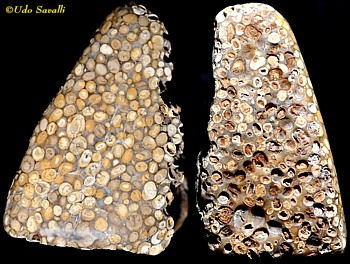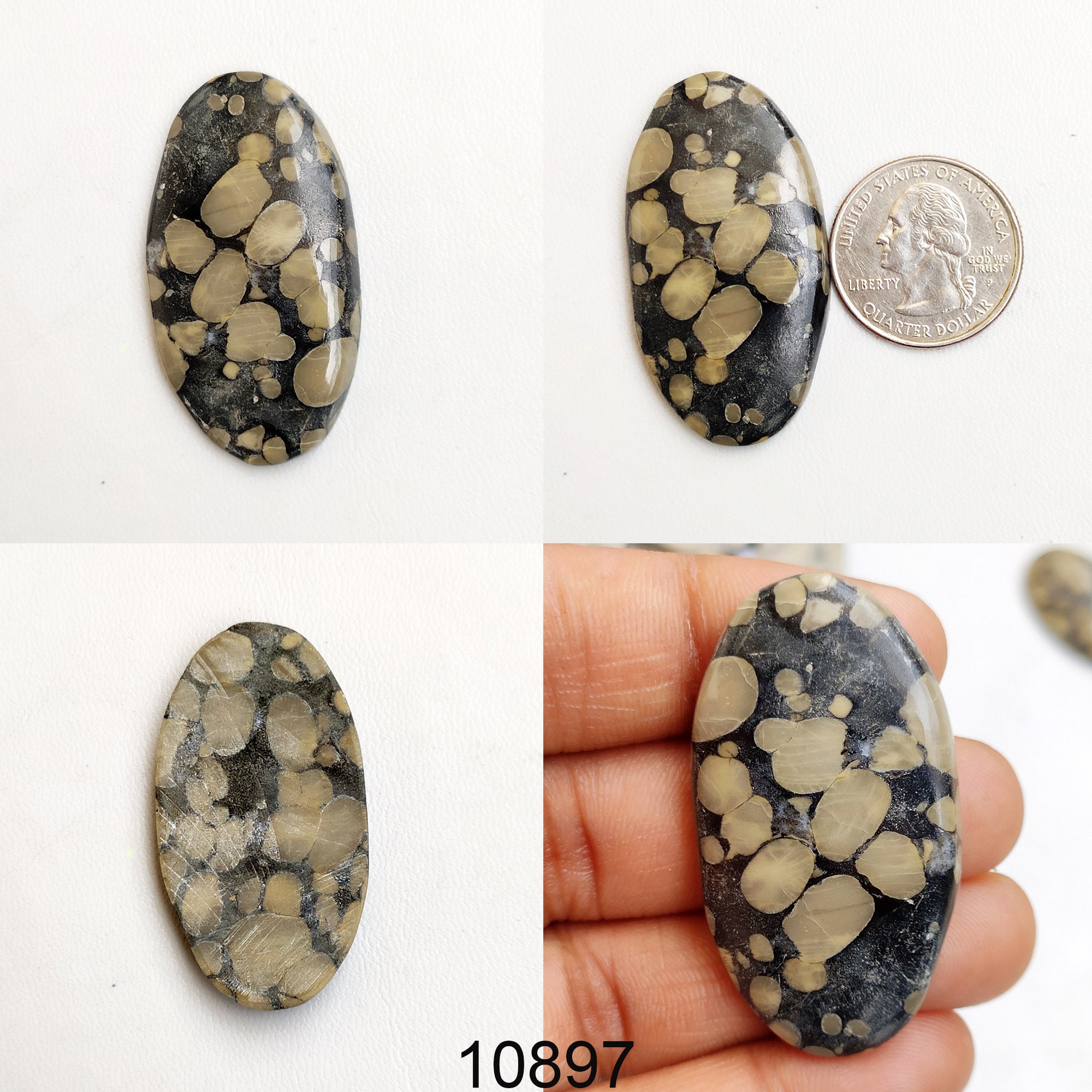

(1977) Ordovician and Devonian Trace fossils from Nevada. (1971) Morphology and ethology of trace fossils from Ouachita Mountains Southeast Oklahoma.


(1828) Historie des végétaux fossiles, ou recherches botaniques et géologiques sur les végétaux renfermés dans les diverses couches du globe. (1947) Invertebrate tracks from the Coconino sandstone of Northern Arizona. KDM Institute of Petroleum Exploration, Dehradun (released 2001), v.1, 450p.īrady, L.F. (1977) Mesozoic rock stratigraphy of Kutch. (1862) New species of fossils from different parts of the Lower, Middle and Upper Silurian rocks of Canada. (1975) Planolites and Skolithos from the Upper Precambrian-Lower Cambrian White-Inyo Mountains, California. The preservational processes of the trace fossils indicate soft substrate and diversity and their abundance reflects the other palaeoecological parameters of the open shallow marine environments.Īlpert, S.P. The trace fossil association indicates Cruziana ichnofacies and abundance of Zoophycus species below the fair weather wave base level is largely a preservational artifact. and somewhat irregular, obtuse angle ramification burrows of Phycodes isp., which are attached to the lower surface of the casting medium. Hypichnial structures consists abundant, cylindrical, branched, horizontal, large-sized three dimensional feeding burrows of Thalassinoides isp. and few suspension feeder forms like Palaeophycus tubularis while endichnial deep suites consist of Chondrites intricatus, Skolithos linearis and Zoophycos isp. targionii, Planolites beverleyensis, Taenidium cameronensis, Thalassinoides isp., Z. The endichnial shallow suites consist chiefly of deposit feeders like Chondrites intricatus, C. The endichnial structures within the oolitic limestone can be separated into two different preservational trace fossil suites. irregulare, Zoophycos brianteus and Zoophycos isp. Epichnial tiering consists of moderately bioturbated oolitic limestone exhibiting horizontal or low-angle protrusive/retrusive biogenic laminae, commonly dominated by feeding structures like Rhizocorallium jenense, R. The rhythmically bedded sequence shows three different levels of preservation of traces. This sequence is highly bioturbated and exhibits a moderate diversity and behaviourally complex assemblage of ichnospecies. The highly porous and permeable Miami Limestone forms much of the Biscayne Aquifer of the surficial aquifer system.Dhosa Oolite Member of the Jumara Formation comprises alternating bands of oolitic limestones and shales, exposed in Jhura dome of Mainland Kachchh, Western India. Fossils present include mollusks, bryozoans, and corals. Beds of quartz sand are also present as unindurated sediments and indurated limey sandstones. The bryozoan facies consists of white to orangish gray, poorly to well indurated, sandy, fossiliferous limestone (grainstone and packstone).

The oolitic facies consists of white to orangish gray, poorly to moderately indurated, sandy, oolitic limestone (grainstone) with scattered concentrations of fossils. The Miami Limestone consists of two facies, an oolitic facies and a bryozoan facies (Hoffmeister et al. To the north, in Palm Beach County, the Miami Limestone grades laterally northward into the Anastasia Formation. From Big Pine Key to the mainland, the Miami Limestone is replaced by the Key Largo Limestone. The Miami Limestone occurs on the mainland and in the southern Florida Keys from Big Pine Key to the Marquesas Keys. It forms the Atlantic Coastal Ridge and extends beneath the Everglades where it is commonly covered by thin organic and freshwater sediments. The Miami Limestone (formerly the Miami Oolite), named by Sanford (1909), occurs at or near the surface in southeastern peninsular Florida from Palm Beach County to Dade and Monroe Counties.


 0 kommentar(er)
0 kommentar(er)
